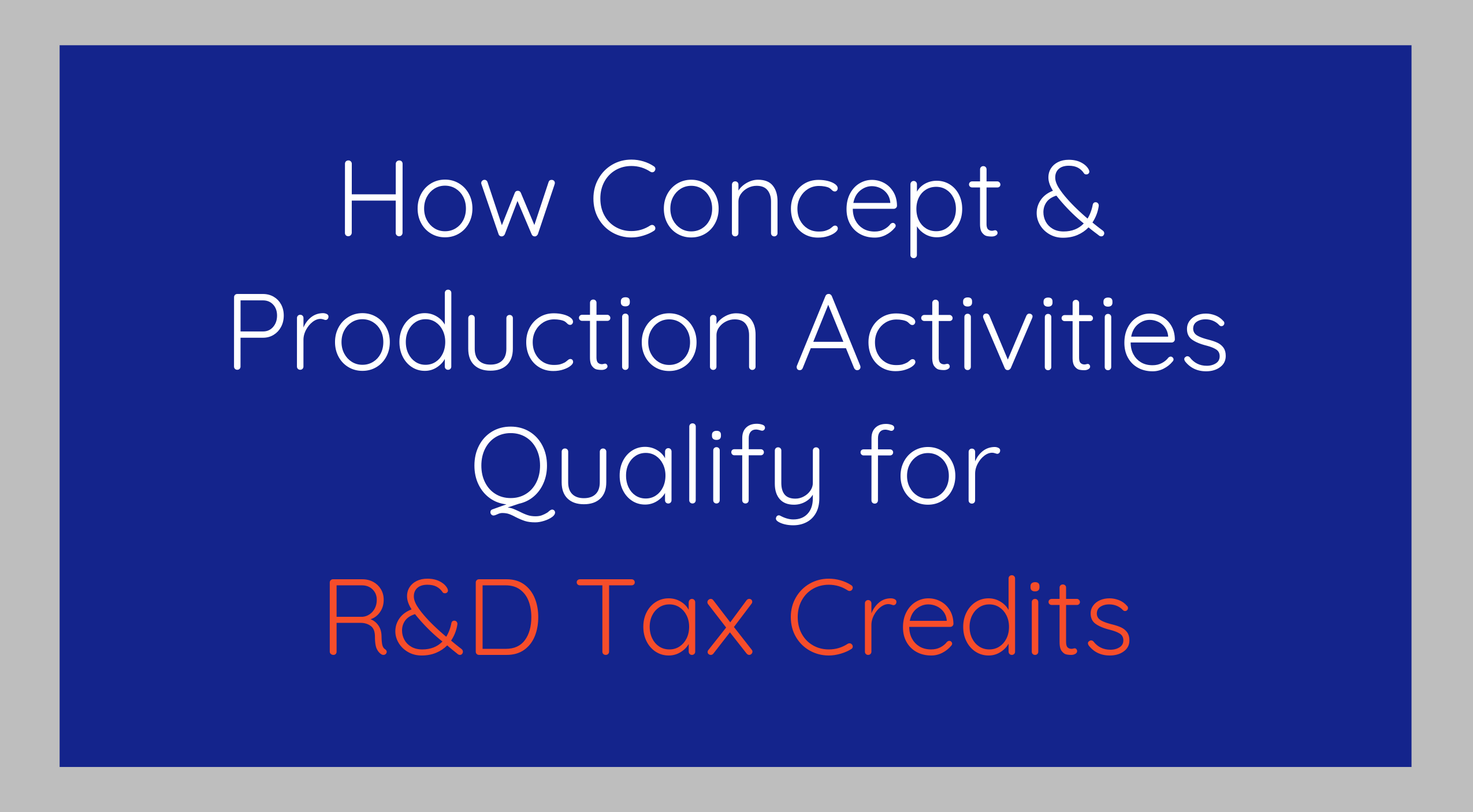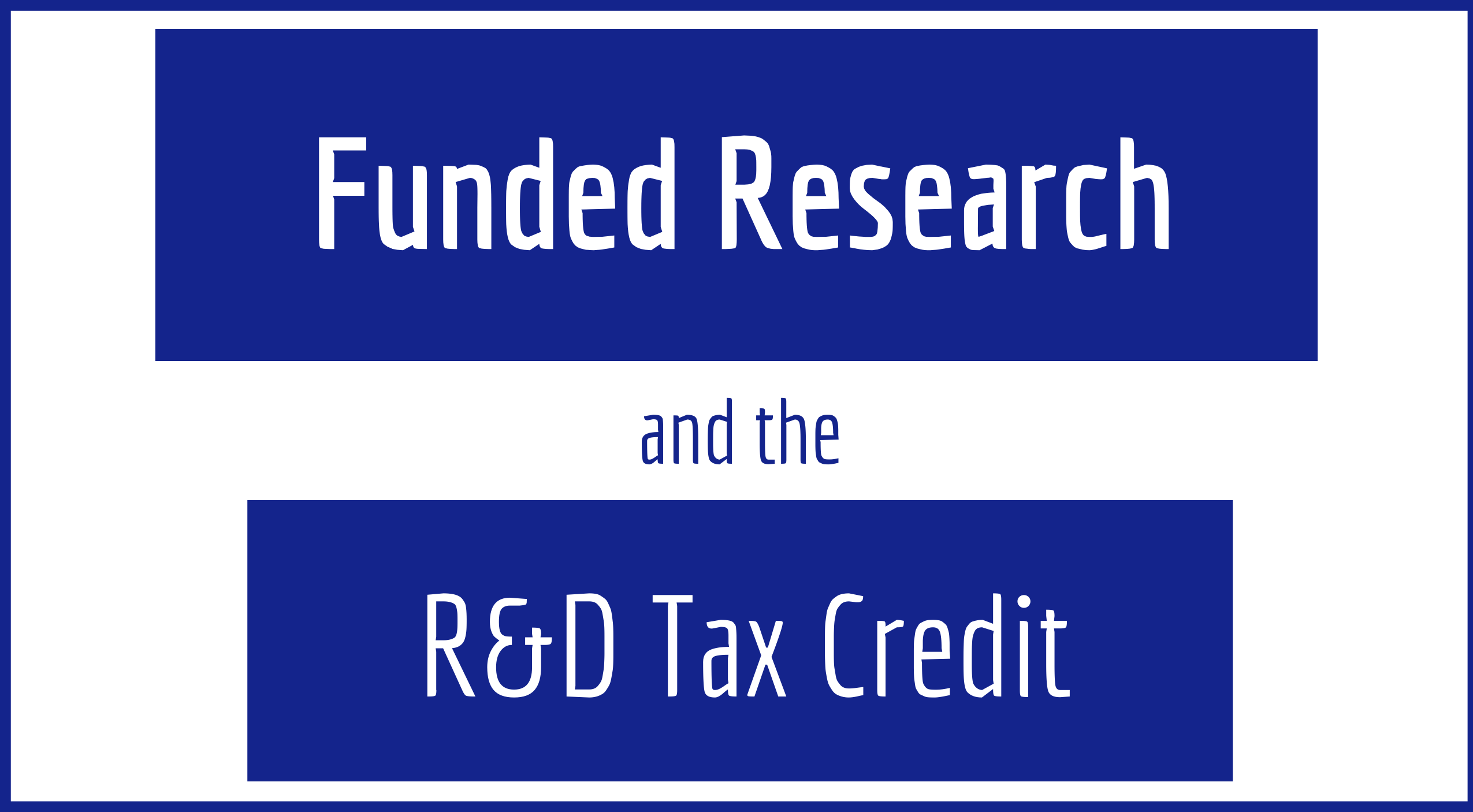
The Research and Development (R&D) Tax Credit is frequently overlooked by the retail and apparel industry. These companies aren’t aware of the several advantages this strategic financial planning tool can offer their business. They are also unaware about the new IRS regulations which have broaden the spectrum as to what…








